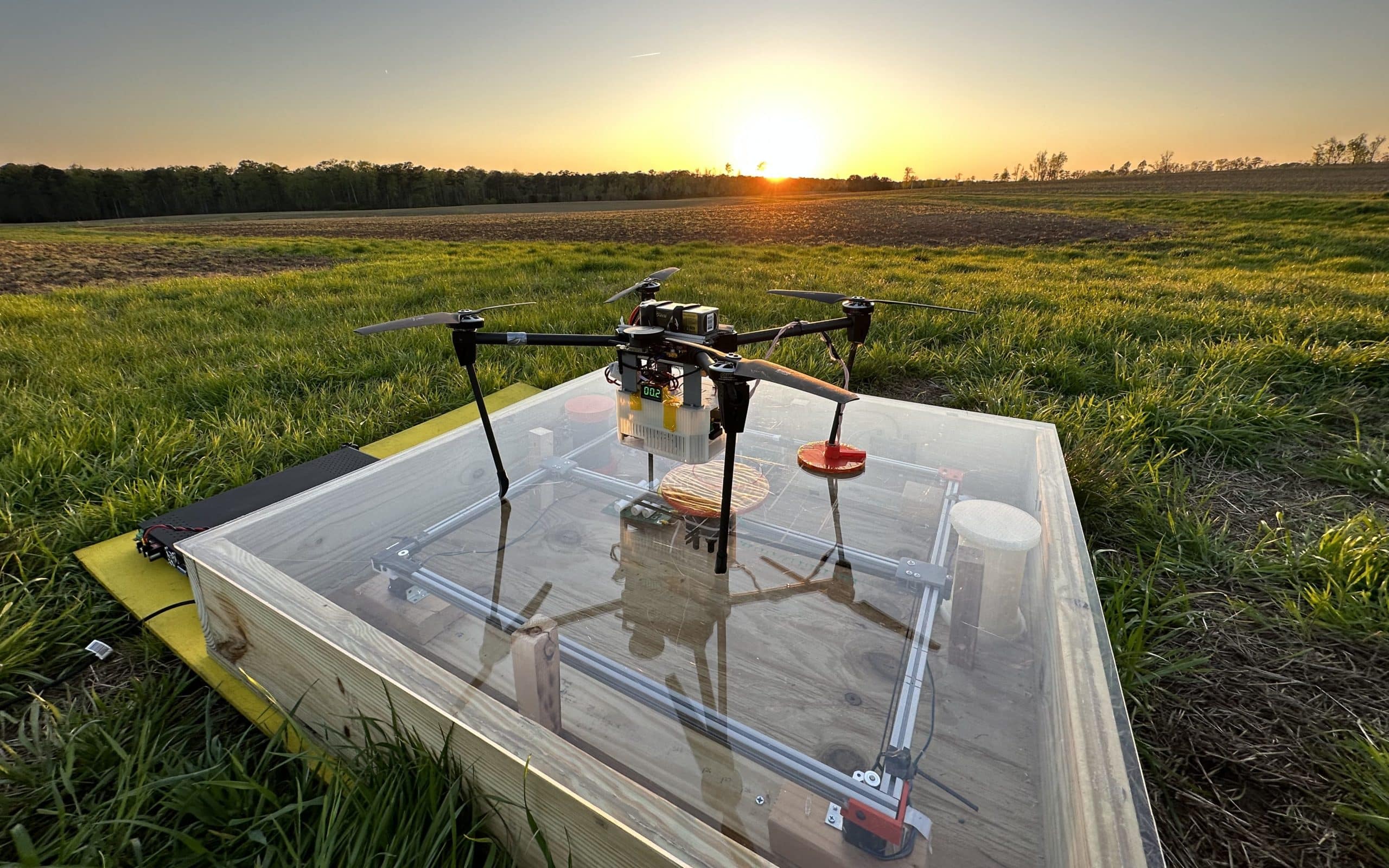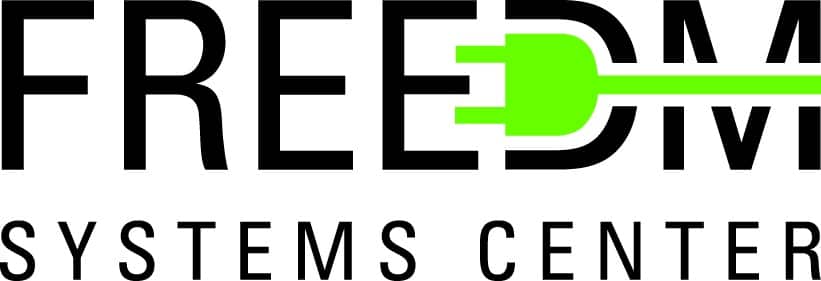Wireless Charging Station for Drones
Project Description:

It is well known that quadcopters have been tested for delivery applications, with possibly the most famous example being Amazon Prime Air. The delivery capability of unmanned aircraft can be utilized in other industries as well, particularly in those relating to medicine transport and future pandemic response in rural or isolated areas. Unfortunately, the flight range of these drones limits their application to deliveries within a few miles. While drones continue to be optimized to extend their flight range, a more simple solution is to autonomously charge drones along their flight path, effectively refreshing their flight range.
Dr. Pantic’s group has developed a landing pad that autonomously and wirelessly charges quadcopter drones to extend their flight range. The idea is that once a drone lands on this platform, a coil within the pad automatically aligns with the drone’s coil via 2-D rail system and alignment algorithm, then power is transmitted inductively. An 800 W system prototype was designed and constructed with the help of a Senior Design team and NC State’s AERPAW members. The current funded project is a 4 kW upscaled charging pad that will be integrated into a nanogrid for remote deployment. This charger will enable medicine delivery to underserved Navajo communities in New Mexico.
Project Objectives:
- Motor and Motor Drive Design and Testing.
- Design, Integration, and Testing of a Payload Container with temperature regulation
- Design, Prototype, and Demonstrate an Autonomous Platform and Contactless Charger for a Battery.
- Design, Prototype, and Demonstrate a Nanogrid (Utility Grid, a Battery ESS, and PV Panels) to Power the Fast Inductive Charger.
- Design and Flight Testing of a Cyber-Physical System for Autonomous Navigation and Precise Landing.
Project Start Date: 06/01/2021
Project Due Date: 06/01/2024
Project Status: On-going
Project PI: Zeljko Pantic
Project Collaborators and Sponsors:

